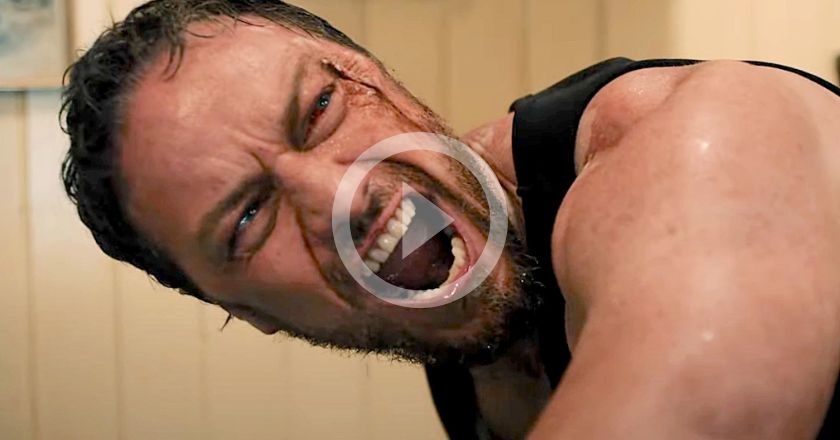Written by Siân Darling.

Don’t expect to get too deep, even in space, with The American Astronaut (2001). I searched for satire and I measured the metaphors, and aside from the noteworthy gender separations in this fictional space, I now accept this western-sci-fi-action-musical to be as it sounds; a fun 94 minutes.
With the genre contending to be as multipart as the plot, the depth of moral messages were replaced with an experimental execution of storyline, setting, style, and sounds; and the entertainment from these elements was enough to watch it more than once. The oddity of characters fastened the fanciful plot and somehow made it seem possible.
There are the noted distinctions of gender in places within this solar system – planets to be precise – that are either all male or all female; Women on Venus and Men on Jupiter. It seems that in this solar system, women hold supremacy. The plot is spun around the mission to find a new king for the women of Venus, but that is only one man to meet the mating needs of an entire planet of women. The other plot qualities pertaining to female supremacy in this solar system is the much revered character the Boy Who Actually Saw A Woman’s Breast (Gregory Russell Cook), and the first trade we see, where Samuel Curtis (Cory McAbee) swaps a cat for a cloning device that’s already started making the most uncommon creature; a Real Live Girl.

In a derelict looking saloon, somewhere in the darkness of space, we meet Curtis, an interplanetary trader. We establish Curtis is a man trying to make a living from one trade to the next. Starting with the exchange of the cat for the cloning machine, the conspiracies continue with the intention of retrieving a high reward for the return of the Venus king’s body to Earth. The women of Venus have been holding hostage the body of their deceased king, until they receive a new stud, to be supplied by Curtis. This mission for Curtis is made only more difficult when he is contacted by his obsessive and impassioned nemesis, Dr Hess (Rocco Sisto).
Cory McAbee wrote, directed and starred in The American Astronaut, and he added to the soundtrack with his band The Billy Nayer Show. McAbee also assisted in production design, by hand painting much of the set and props, including his spaceship. It’s obvious that for some reason, whether for budget or authenticity of aesthetics, there was no CGI used to emulate space. Shot on 35mm black and white negative film, in low lighting, the effect adds to the obscurity of this space. Perhaps it was to enhance the effect of the vastness and darkness of such a time and place, or perhaps it was to conceal the hand-made art department.
Although we see Curtis in this far-off space and age, McAbee has used great devices of fanciful entertainment to bring his audience into vastness and loneliness; a feeling that is transferrable to anyone, anywhere, anytime.
The American Astronaut feels like it was destined, or designed, to be a cult film. But the cult leader; in this case, the director, can only make a claim to cultivate a following, and requires the followers; the audience, to form the cult. I’m yet to quote this film to someone and have them know what on earth or in space I’m referencing, but I’m anticipating more followers for a voyage with The American Astronaut.
– S.D.







